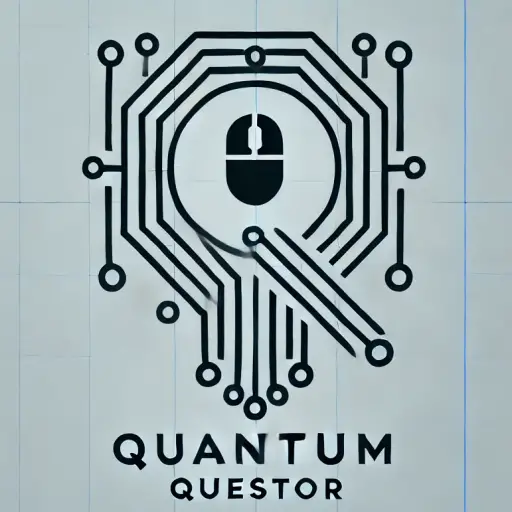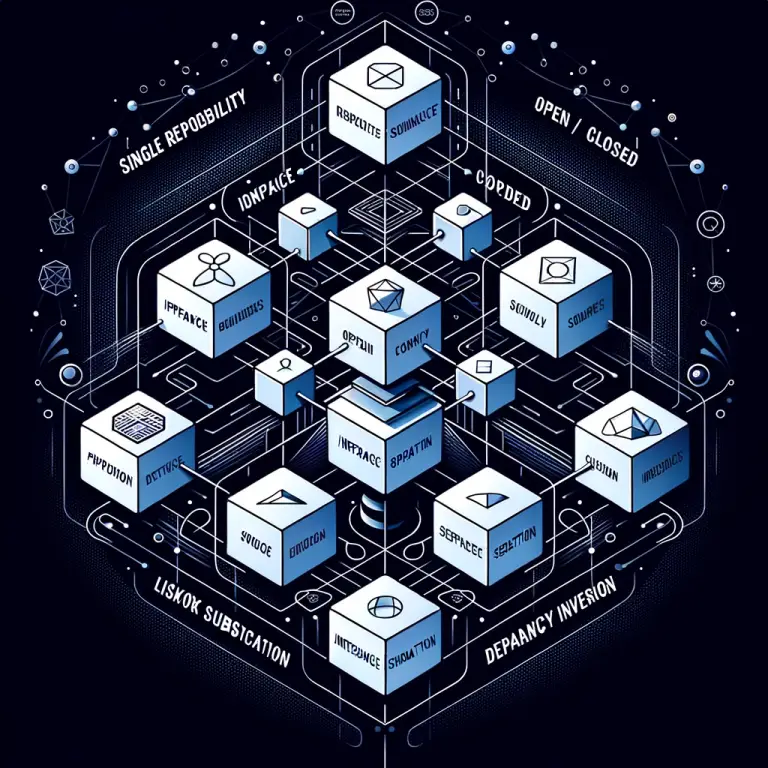
Title: Exploring the Integration of Elden Ring with GeForce Now
Introduction
The world of video gaming has experienced some fascinating enhancements over the last decade. One significant development that has stimulated the conversation among gaming fanatics is the integration of popular video games with cloud gaming services, such as NVIDIA’s GeForce Now. A prime example is the much-anticipated Elden Ring, a game that has managed to capture unprecedented attention even before its release. This article aims to unpack the integration of Elden Ring with GeForce Now, throwing light on the potential impacts it promises for the gaming experience.
Main Content
Elden Ring is the brainchild of FromSoftware and Bandai Namco Entertainment – the developers who have played an instrumental role in creating award-winning games like Dark Souls, Bloodborne, and Sekiro: Shadows Die Twice. Elden Ring has garnered wide attention due to the collaboration of these developers with George R.R. Martin, the author of the globally recognized Game of Thrones series. Combining action role-playing elements with a fantasy setting, Elden Ring promises an unparalleled gaming experience.
GeForce Now, on the other hand, is a cloud-based gaming service by the renowned technology company, NVIDIA. It permits players to play games hosted on cloud servers, eliminating the need for high-end hardware on the player’s end. More so, it offers lag-free gameplay and a smooth streaming experience with resolutions up to 1080p.
The integration of Elden Ring with GeForce Now essentially signifies the possibility of accessing and playing this game on NVIDIA’s cloud platform. This news is a considerable relief for gamers having hardware limitations, as GeForce Now’s cloud gaming service allows for games to be played on nearly any device, including low-end PCs, Macs, Shield TVs, and even some Android Devices. Also, for gamers who purchase Elden Ring on platforms like Steam, they’ll be able to link their account to GeForce Now and continue their progress on any supported device.
Another enticing aspect of this integration is the support for RTX technology. GeForce Now, with its RTX-enabled servers, offers Ray tracing technology for games. This feature results in enhancing the visual dynamics of the game, render realistic images by simulating the physical behavior of light. Therefore, Elden Ring, viewed through GeForce Now, is likely to look better in terms of graphics and run more smoothly.
Providing examples of such cloud-based collaborations, it also inspires a new generation of game developers to shift to cloud-based gaming platforms. This can lead to more extraordinary game releases in the future, enhancing the overall gaming experience.
Conclusion
To summarize, the integration of Elden Ring with GeForce Now holds immense potential in the evolution of the gaming industry. Not only does this partnership make this much-awaited game available to a broader audience across different devices, but it also enhances the gaming experience with advanced technologies like RTX-enabled servers. Furthermore, collaborations like these may likely upgrade future game development strategies, pushing the boundaries of cloud-based gaming.
However, the success of this integration and its influence on the gaming industry will become more evident after Elden Ring’s release and it’s adaptation on GeForce Now. But for now, the gaming industry waits with bated breath, keen to witness this innovative amalgamation of cloud gaming and high-quality game creation.

